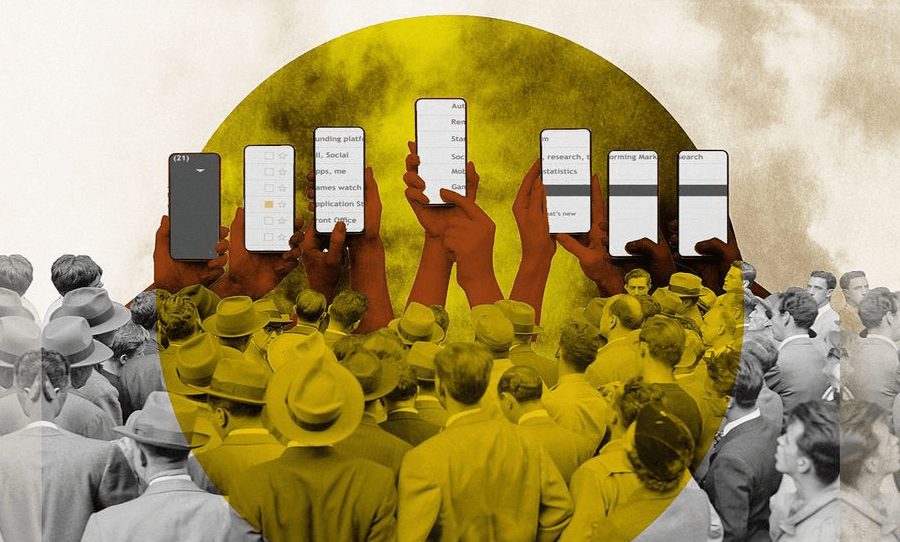How environmentally friendly are the apps you use every day? A study into the carbon footprint of popular time-passers might have the answer.
Social media has been deemed to be “one of the invisible polluters that affects the Earth’s air, water, and noise.” But is your phone’s carbon footprint really that bad?
A study by the Hungarian University of Agriculture and Life Sciences has delved into the hourly CO2 production of YouTube, Netflix, Facebook, and TikTok, to see which apps are having the biggest impact on the environment.

Netflix takes the cake as the biggest contributor to CO2 levels, producing an average of 1681.5 grams of CO2 each hour.
But is watching an hour of Netflix any worse than an hour of TV? We hate to be the bearer of bad news but yeah, it is.
According to a study by the BBC, an hour of TV only produces 88 grams of CO2. That’s almost 20 times less than streaming an hour of Netflix.
TikTok isn’t quite as bad as Netflix, but the app responsible for our ever-decreasing attention spans is slapping the planet just as hard.
On average, an hour of the ‘Tok produces just under 250 grams of carbon dioxide. But hey, at least we can sleep peacefully knowing that 10-second thirst trap videos are going to be the demise of the planet.
YouTube has bragging rights over TikTok, spewing out less than half the CO2 its counterpart does.
If you spend your days on Facebook, at least you can tell people you’re saving the planet. Well, kind of.
The platform has a relatively small carbon footprint compared to its biggest competitors, but Zuck’s flagship platform is still dipping its fruit skewer into the fondu pot of pollution.
But before you order 3 tonnes of pure lead to line the walls of your doomsday bunker, we should put this into perspective. Driving one kilometre in an average car produces 180.9 grams of CO2.
So even an hour of planet-dooming, big, bad Netflix emits less carbon dioxide than driving to the end of the street.


